Luca Casini
Steer-by-prior Editing of Symbolic Music Loops
Aug 05, 2024Abstract:With the goal of building a system capable of controllable symbolic music loop generation and editing, this paper explores a generalisation of Masked Language Modelling we call Superposed Language Modelling. Rather than input tokens being known or unknown, a Superposed Language Model takes priors over the sequence as input, enabling us to apply various constraints to the generation at inference time. After detailing our approach, we demonstrate our model across various editing tasks in the domain of multi-instrument MIDI loops. We end by highlighting some limitations of the approach and avenues for future work. We provides examples from the SLM across multiple generation and editing tasks at https://erl-j.github.io/slm-mml-demo/.
SYMPLEX: Controllable Symbolic Music Generation using Simplex Diffusion with Vocabulary Priors
May 21, 2024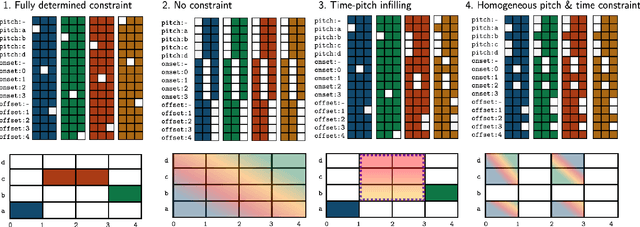
Abstract:We present a new approach for fast and controllable generation of symbolic music based on the simplex diffusion, which is essentially a diffusion process operating on probabilities rather than the signal space. This objective has been applied in domains such as natural language processing but here we apply it to generating 4-bar multi-instrument music loops using an orderless representation. We show that our model can be steered with vocabulary priors, which affords a considerable level control over the music generation process, for instance, infilling in time and pitch and choice of instrumentation -- all without task-specific model adaptation or applying extrinsic control.
Retrieval Augmented Generation of Symbolic Music with LLMs
Nov 17, 2023



Abstract:We explore the use of large language models (LLMs) for music generation using a retrieval system to select relevant examples. We find promising initial results for music generation in a dialogue with the user, especially considering the ease with which such a system can be implemented. The code is available online.
The Barrier of meaning in archaeological data science
Feb 11, 2021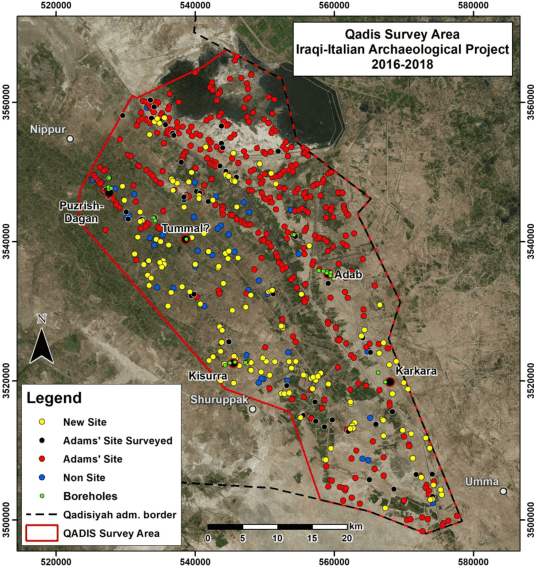
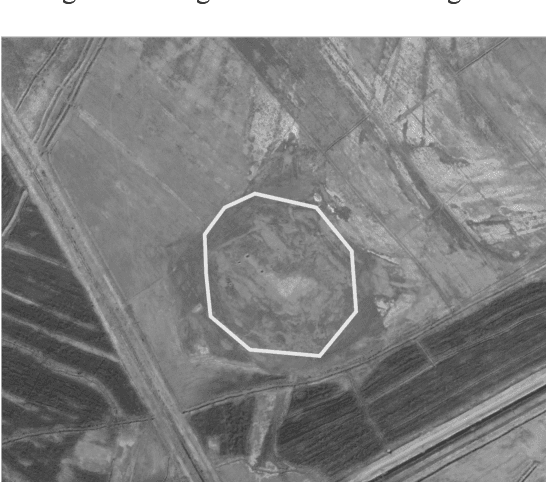
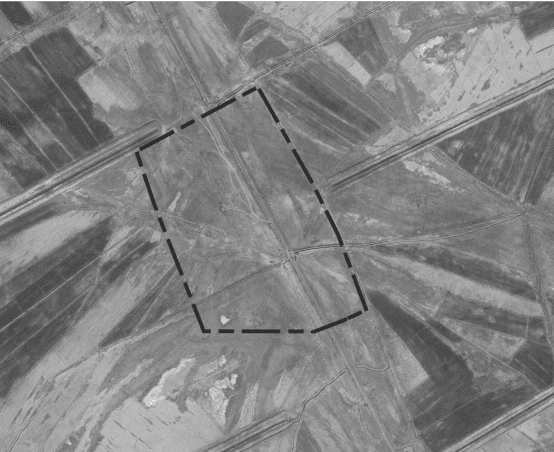
Abstract:Archaeologists, like other scientists, are experiencing a data-flood in their discipline, fueled by a surge in computing power and devices that enable the creation, collection, storage and transfer of an increasingly complex (and large) amount of data, such as remotely sensed imagery from a multitude of sources. In this paper, we pose the preliminary question if this increasing availability of information actually needs new computerized techniques, and Artificial Intelligence methods, to make new and deeper understanding into archaeological problems. Simply said, while it is a fact that Deep Learning (DL) has become prevalent as a type of machine learning design inspired by the way humans learn, and utilized to perform automatic actions people might describe as intelligent, we want to anticipate, here, a discussion around the subject whether machines, trained following this procedure, can extrapolate, from archaeological data, concepts and meaning in the same way that humans would do. Even prior to getting to technical results, we will start our reflection with a very basic concept: Is a collection of satellite images with notable archaeological sites informative enough to instruct a DL machine to discover new archaeological sites, as well as other potential locations of interest? Further, what if similar results could be reached with less intelligent machines that learn by having people manually program them with rules? Finally: If with barrier of meaning we refer to the extent to which human-like understanding can be achieved by a machine, where should be posed that barrier in the archaeological data science?
Categorical data as a stone guest in a data science project for predicting defective water meters
Feb 05, 2021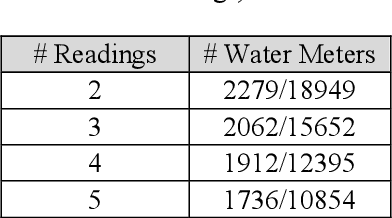

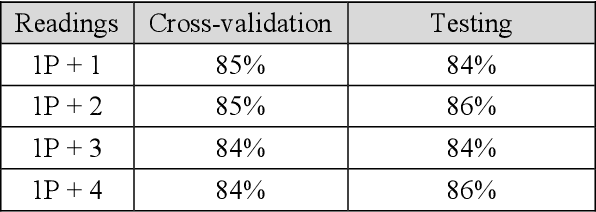
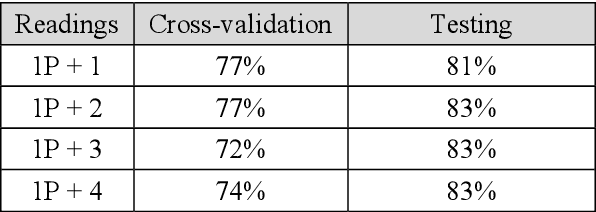
Abstract:After a one-year long effort of research on the field, we developed a machine learning-based classifier, tailored to predict whether a mechanical water meter would fail with passage of time and intensive use as well. A recurrent deep neural network (RNN) was trained with data extrapolated from 15 million readings of water consumption, gathered from 1 million meters. The data we used for training were essentially of two types: continuous vs categorical. Categorical being a type of data that can take on one of a limited and fixed number of possible values, on the basis of some qualitative property; while continuous, in this case, are the values of the measurements. taken at the meters, of the quantity of consumed water (cubic meters). In this paper, we want to discuss the fact that while the prediction accuracy of our RNN has exceeded the 80% on average, based on the use of continuous data, those performances did not improve, significantly, with the introduction of categorical information during the training phase. From a specific viewpoint, this remains an unsolved and critical problem of our research. Yet, if we reason about this controversial case from a data science perspective, we realize that we have had a confirmation that accurate machine learning solutions cannot be built without the participation of domain experts, who can differentiate on the importance of (the relation between) different types of data, each with its own sense, validity, and implications. Past all the original hype, the science of data is thus evolving towards a multifaceted discipline, where the designitations of data scientist/machine learning expert and domain expert are symbiotic
 Add to Chrome
Add to Chrome Add to Firefox
Add to Firefox Add to Edge
Add to Edge